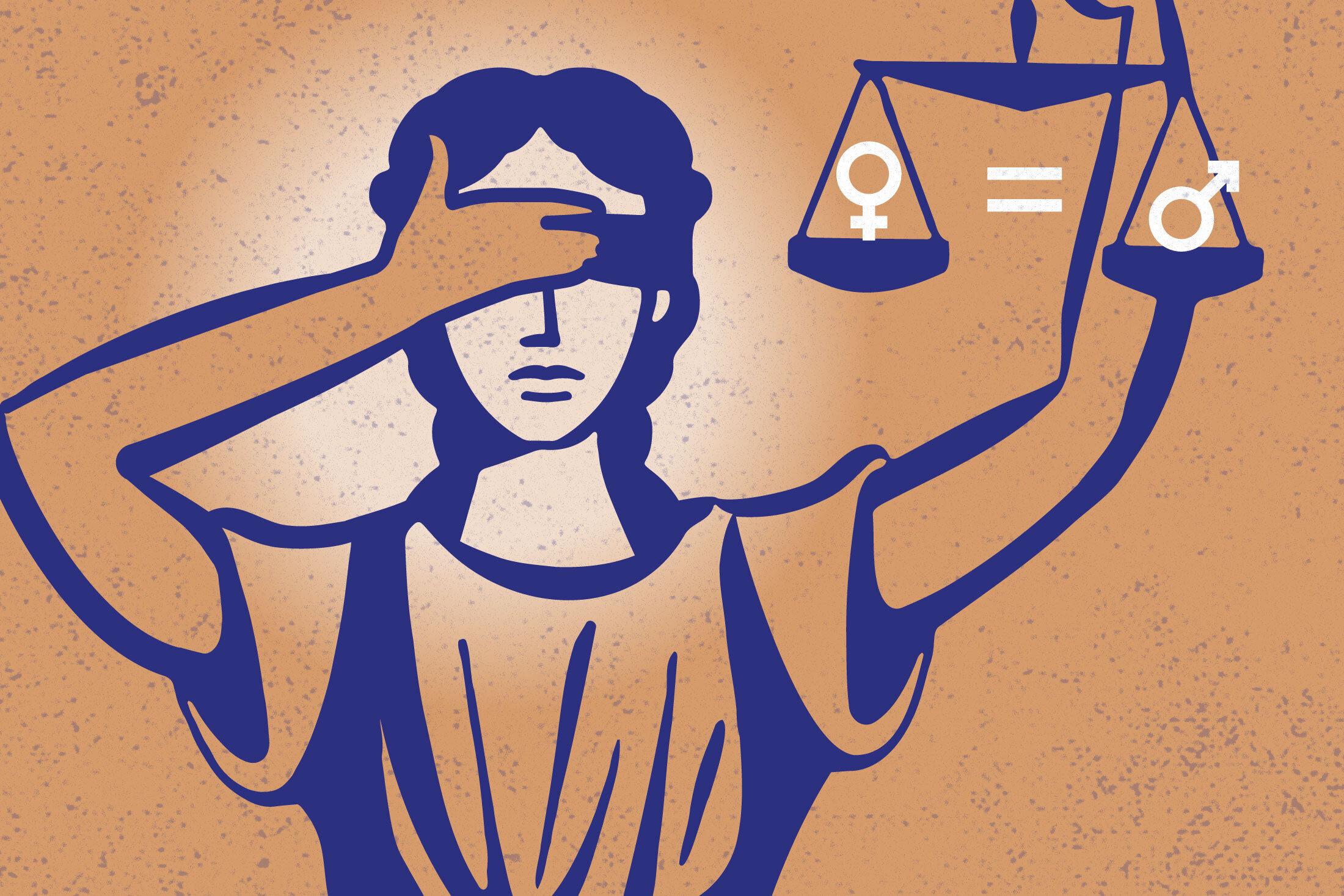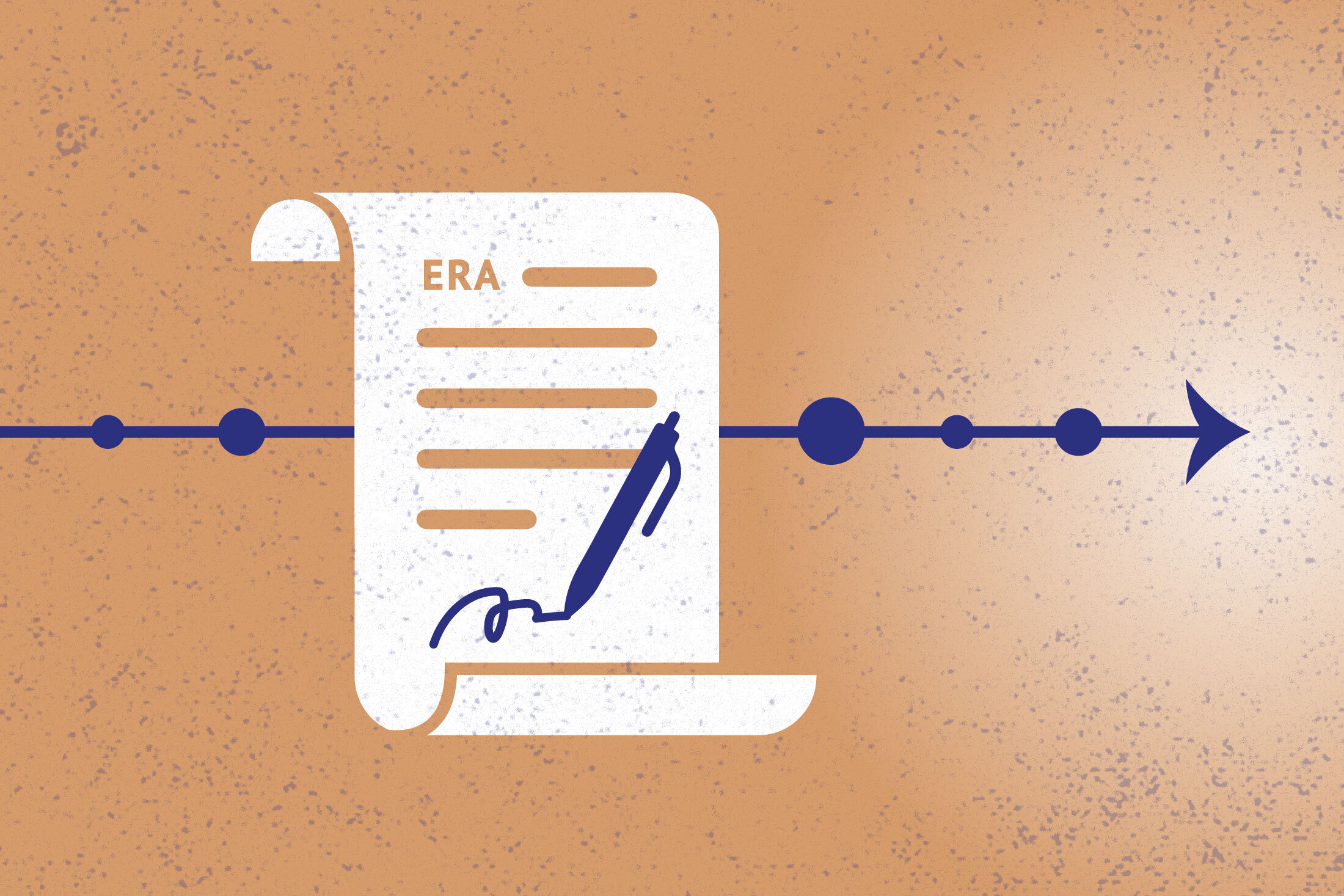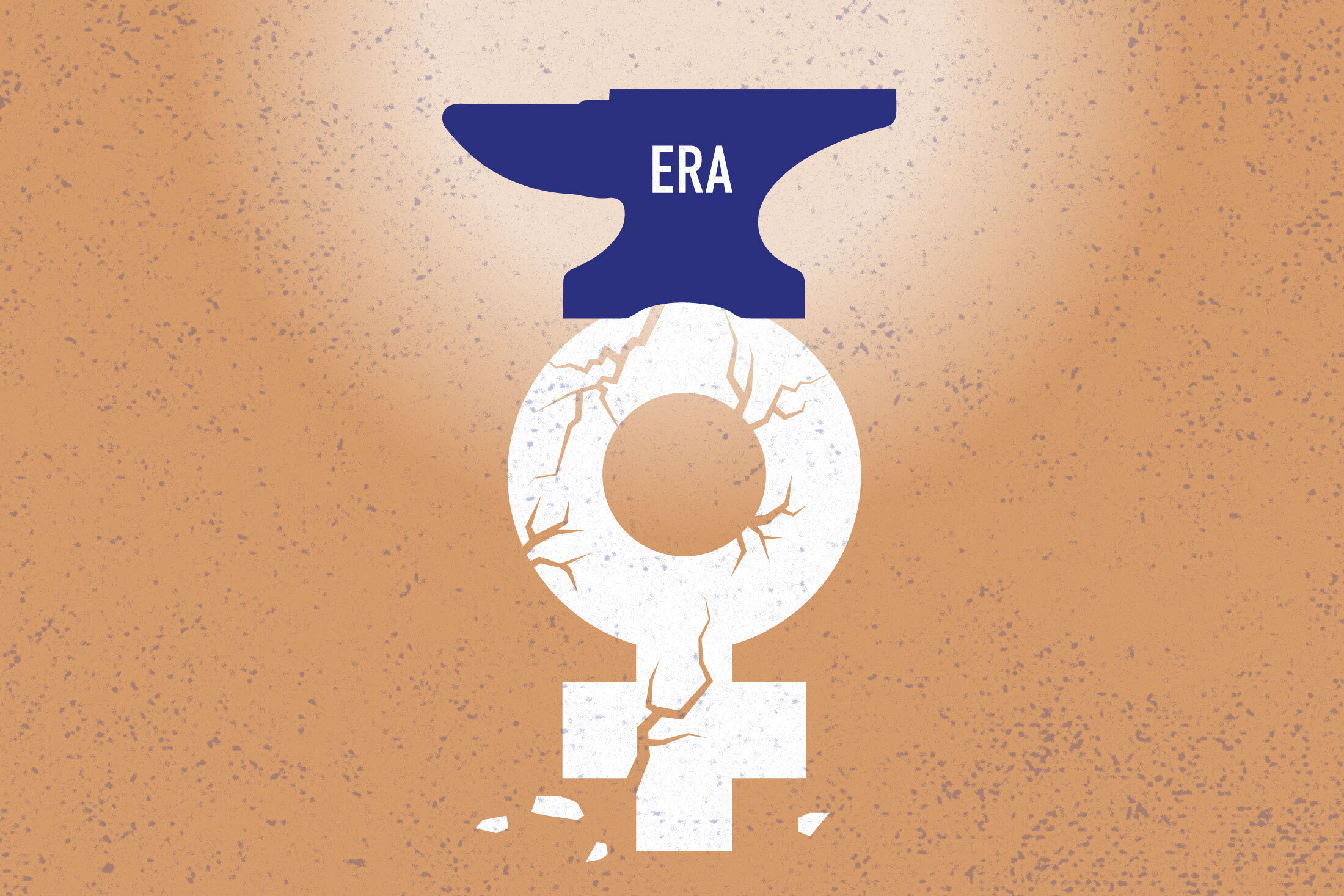The Feminist Argument Against the Equal Rights Amendment
What is the ERA and why is it bad for women and girls?
“Equality of rights under the law shall not be denied or abridged by the United States or by any State on account of sex.”
The Equal Rights Amendment, if ratified, would make it unconstitutional in almost all circumstances for the government to treat people differently on the basis of sex. But whether differential treatment is a good or bad thing for women depends greatly on the circumstances. One of the definitions of “discrimination” in the Oxford dictionary is “the unjust or prejudicial treatment of different categories of people.” This is our common understanding of discrimination, because the laws which prohibit discrimination have primarily been passed in response to arbitrary and invidious discrimination based on sex (or other characteristics.)
But the second Oxford definition of discrimination is “recognition and understanding of the difference between one thing and another.” Therefore, laws that prohibit discrimination are prohibiting recognition of the differences between categories of people. It is already illegal for the government to arbitrarily discriminate based on sex, sex-based stereotypes, pregnancy, and motherhood in most situations. Decades of jurisprudence has found overwhelmingly that treating women negatively compared to men is a violation of the principles of equal protection in the constitution.
However, not all discrimination based on sex is illegal or harmful. For example, Title IX prohibits sex discrimination in education generally, but the regulations permit discrimination based on sex in facilities and athletics because such discrimination is necessary to ensure equal opportunity for women and girls. Without the law recognizing the difference between men and women, sex-separated locker rooms and sports teams would be a violation of federal law. In fact, legal sex discrimination has also given us things like women’s shelters, sex-segregated prison housing, and the right to request a same-sex health care provider for intimate exams and procedures.
When the Equal Rights Amendment (ERA) was first proposed 100 years ago, women were in the wake of the suffragist movement and miles behind equal treatment with men. With the success of the 19th amendment finally guaranteeing women the right to vote, another constitutional amendment seemed like the most comprehensive way to get women the rest of the way. This proposal was not without controversy; as early feminists were very split on support for the ERA. Women’s labor organizations believed it would compromise existing legal protections for working women, and other women’s rights organizations were concerned about impacts on mothers. For these groups, the ERA was seen as a boon to the younger, more affluent women who argued that such protections must be risked in pursuit of full legal equality.
Despite the fact that mainstream feminism eventually coalesced around support for the ERA, it was never ratified. Regardless, women still made enormous strides since ERA was first proposed in 1921. Through the Civil Rights Act, the Equal Pay Act, the Pregnancy Discrimination Act, and a robust body of case law, women now have—on paper, anyway—equal status under the law. The late Supreme Court justice Ruth Bader Ginsburg said regarding sex anti-discrimination law that “[t]here is no practical difference between what has evolved and the ERA.”
When asked why she supports the ERA, if it would bring no practical changes for women, Justice Ginsburg responded “I would still like to see it as a symbol… in the constitution for my granddaughter.” Law Professor Tracy Thomas told Time magazine that the ERA would “trickle down” to change the “culture” of equality between the sexes. Nevada state senator Pat Spearman analogized the ERA to a wedding ring or a Christian cross, saying “symbols are not just symbols. They are powerful because they point to what we believe in and what we hold dear.”
Constitutional scholar Julie Suk invoked similar religious language in an article for the Boston Review, saying the ERA would make sex equality “sacred.” She also noted that the ERA would be the only amendment written by women and “adopted because of women’s leadership… and ratified by squads of twenty-first century women lawmakers in state legislatures.”
Why WoLF Opposes the ERA
We are not persuaded by emotive appeals to symbolism, and we believe that the underlying assumption that the ERA would benefit women and girls is simply wrong. The ERA would weaken the ability to make provisions for women and girls separately from men and boys and we cannot support increasing the government’s power to remove sex-based protections. (To those who would argue these protections could be maintained even with the ERA, this article on the history of the ERA discusses how efforts to preserve these protections within the amendment itself have been repeatedly rejected.)
Our analysis rests on three lines of inquiry, keeping in mind that the ERA only applies to government actions:
First, what do women need from our government in 2021? Are there barriers that our government is putting between us and equality? When our abusers are private entities or individuals, what power does the government currently have to cure what still ails us?
Second, will the ERA compel the government to give us what we need? Will the government utilize its power to help women when we are exploited or abused?
Third, how will opponents of women’s liberation use the ERA to attack us? How might they weaponize a sex-blind legal system?
We must approach this issue from a technocratic perspective, not an emotional one: What path best serves women’s interests? Crimes against women, including marital rape and domestic violence have been outlawed, as has sex discrimination in employment and housing. The ERA would not, by decree, put a stop to all remaining forms of sex-based violence and discrimination against women. It would not give the government tools to intervene and enforce these laws that are not already available to them.
However, the government does have the flexibility under the existing constitutional framework to ensure single-sex spaces and services. These things are critical to combatting male violence and sex discrimination, and they are already under attack, even without the ERA. A constitutional amendment that weakens the government’s ability to legally recognize sex differences would only strengthen the efficacy of those attacks.
Supported by massive resources from special interest groups, lawmakers and judges have been—for several years now—gutting women’s rights. They are not doing this by reversing or overturning laws that guarantee equality between men and women, but by changing the very definition of sex so that the law no longer recognizes the differences between men and women. We cannot give gender activists an open invitation to broaden their challenges to sex-based protections in front of a perplexingly sympathetic judiciary. This is not a theoretical concern; Gender identity activists, and even some men’s rights activists, believe that the ERA is the best way to ‘win’ their respective legal battles against the female sex class, and both groups are fiercely advocating for its ratification.
Equality is not synonymous with liberation. If the law is not permitted to recognize the distinction between the sexes, it cannot recognize and account for the needs and vulnerabilities of the female sex class with regards to pregnancy, motherhood, and susceptibility to male violence. Women’s liberation means freedom from oppression by men, and this freedom is an essential precursor to equal status under the law.
Today, the status of the ERA is unclear. An earlier Congress put a seven-year deadline on states to ratify it, and even extended it by three years, but did not reach the requisite number of states. There are legal challenges to the deadline itself which are making their way through the courts, and the 117th Congress has seen bipartisan resolutions in both the House of Representatives and the Senate calling for the deadline to be retroactively removed.
Learn More About Why WoLF Opposes the ERA
This article is part of a series of posts on the feminist argument against the ERA
Further Reading
Should the Equal Rights Amendment Be Revived? | The National Constitution Center
Shirley Chisholm, "For the Equal Rights Amendment," Speech Text - Voices of Democracy (umd.edu)
The Equal Rights Amendment died in 1979. Let it rest in peace. - The Boston Globe
The History of the Equal Rights Amendment | Time
Equal Rights Amendment History & Women in the Workforce (gale.com)
Equal Rights Amendment will replace equality with enforced sameness | TheHill






